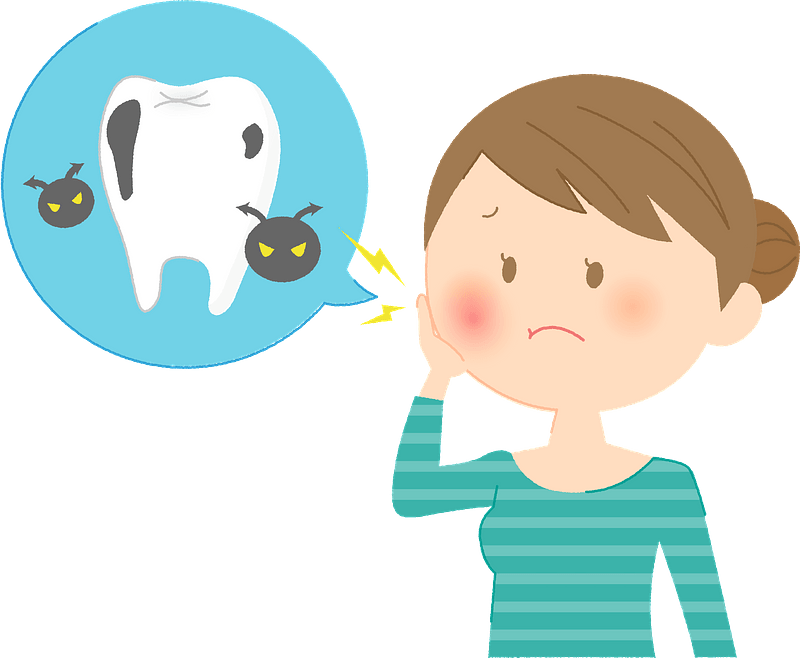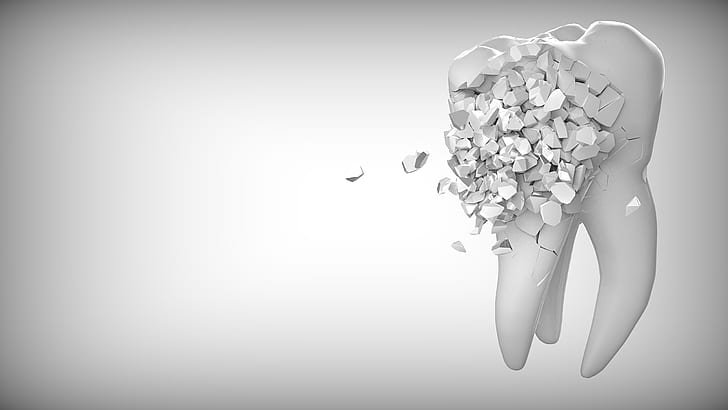Gingivitis means inflammation in the gums. In gum disease, your gums become red, get swelled, and also become painful. It mainly occurs at the gums surrounding the base of the teeth. It is a modest form of Periodontitis.
In Periodontitis, you will lose your gums and teeth. In gingivitis occurs initially but if not treated properly, it turns into Periodontitis.
Improper care of your mouth leads to the deposition of bacteria, a whitish scar formed called plaque.
Bacteria leads to gum problem, therefore, brushing your teeth twice a daily, flossing daily, using an antiseptic mouthwash will prevent any of these problems.
In this article, we are going to discuss the types, causes, symptoms, and treatment of gingivitis.
Types of gingivitis
1. Tartar prompted gingivitis
Severe deficiency of nutrition is the main reason for this gingivitis.
Here are some other systemic factors and some medicines which reduce the saliva in the mouth, which causes dryness in the mouth also promotes plaque formation.
2. Non-tartar prompted gingivitis
Gingivitis also occurs when plaque formation is caused by the bacterium, virus-like microorganism
Hereditary factors, other situations (like fever or any ailment), traumas, or using dentures. In other words, there are some hereditary factors resulting in gingivitis.
Cause of Gingivitis
The aggregation of bacteria causes a thin layer. This results to the formation of plaque. This forms a thin layer. This can occur on the surface of teeth or can occur in between the teeth.

Your body recognizes these bacteria as a foreign particle they produce an immune response towards it which will be the main reason for the destruction of gingival tissue.
In other words, bacteria are a reason for the destruction of gingival tissues. As a result, this causes teeth loss and gum loss. The bacteria present in plaque might protect your teeth from the virulent microorganism.
The soft film or plaque turns into a hard layer. This is caller tartar, which promotes inflammation.
Tartar can be eliminated from teeth by a dentist only. If not removed this will lead to inflammation around the base of teeth, and turn into serious periodontal disease.
Risk factors for gingivitis
As gingivitis is widespread for people or children. Risk factors can be-
- Use of nicotine or abusive use of drugs.
- Reduced saliva in the mouth.
- Malnutrition.
- Less intake of vitamin C.
- Older people.
- If using dentures.
- Some medicines are used to treat other chronic ailments such as AIDS, which can give side effects to it.
- Hereditary reasons.
- Viral or fungal infections.
- Hormonal imbalances.
- Pregnancy condition.
Sign and symptoms of gingivitis
It depends on the stages you are endangered or have on your mouth.
- Inflamed red and inflated or fat gums.
2. Bright red gums.
3. Teeth and gums become separate.
4. Blood comes when you sputter.
5. Bleeding in gums.
6. Bad odor and taste in the mouth.
7. The inflammatory response throughout the body.
8. Pus present in between teeth and gums.
9. Bone loss and teeth loss.
10. Extreme pain in tooth when you crush the food.
11. The extra gap developed between teeth.
Complications of gingivitis
Now, we understand the periodontal disease that causes tooth loss and bone loss.
Bacteria destroy the oral cavity. Sometimes, this bacteria reaches into the bloodstream, which causes infection in the body.
Here, are some few complications are:
- Respiratory Disease
- Arthritis
- Coronary Artery Disease
- Blood Sugar Level
Prevention of gingivitis
The only way to prevent diseases is to keep the oral cavity moist and hygienic-
- Oral hygiene is very important. Keep brushing your teeth twice a daily is a good habit.
It will also provide the lost minerals as well and also doing flossing twice a day is also important. It removes the food debris present in between the teeth.
- Visiting the dentists for regular dental checkups is also important.
Diagnosis
Your dentist will diagnose the condition of the mouth by measuring the depth of the periodontal pocket in every tooth. Though normal depth is 1-3mm, a depth of 4mm or more will indicate the diseased condition.
The dentist will also check your habits of smoking and drug abuse and also look if your mouth is dry.
Further, an X-ray is done to check the bone loss.
Treatment of gingivitis
Advance and quick treatment can reverse your situation of progression of gingivitis to more dangerous conditions of gum loss and tooth loss.
In addition, adopting a good daily routine of not having any usage of tobacco or smoking can protect your teeth in a long run.
Other treatments
Cleaning of teeth by a dentist
Start your professional treatment by scaling and root planing. Scaling will remove tartar and bacterial products and prevent gum disease.
These methods or techniques will remove the tartar from your teeth and prevent gingivitis. Also, scaling eliminates tartar and bacteria from tooth surfaces.
It also removes dirt from the underside of teeth. Root panning will remove the bacterial film from root surfaces.
This smoothens the root surfaces, discontent the further build-up of dirt with the use of Instruments, a laser, or an electronic device.
If any further dental treatments or dental restorations you have done before, and now these are irritating you can also form gingivitis.
So visit your dentist and ask them to fix these problems.
Scaling
This will remove the tartar and bacteria from the tooth surfaces. The dentist uses a device such as a laser or ultrasonic devices
Root planting
Root planting is among other treatments, but it is helpful in smoothening the root surfaces and clearing up the bulking of bacteria there.
Antibiotics
The use of antibiotics is to kill the bacteria which are causing the infection. The doctor uses the treatment by adding gels that contain antibiotics between the spaces created between gums and teeth.
Hydrogen peroxide may be helpful in treating gum disease. Though, Plaque forming teeth contains biofilm, a slimy film of bacteria. Here, hydrogen peroxide effectively releases oxygen helping to destroy the bacteria.
Lifestyle and home remedies
There are more treatment for gingivitis. Above all, brushing teeth is an important practice better to follow.
Moreover, as health care workers, here we will suggest you brush immediately after your meal or snack.
- Do flossing daily.
- Use the rinsing of the mouth method by using an antiseptic mouth wash.
- Get professional dental health care.
- Most importantly, Quit Smoking to prevent risk of gingivitis.







